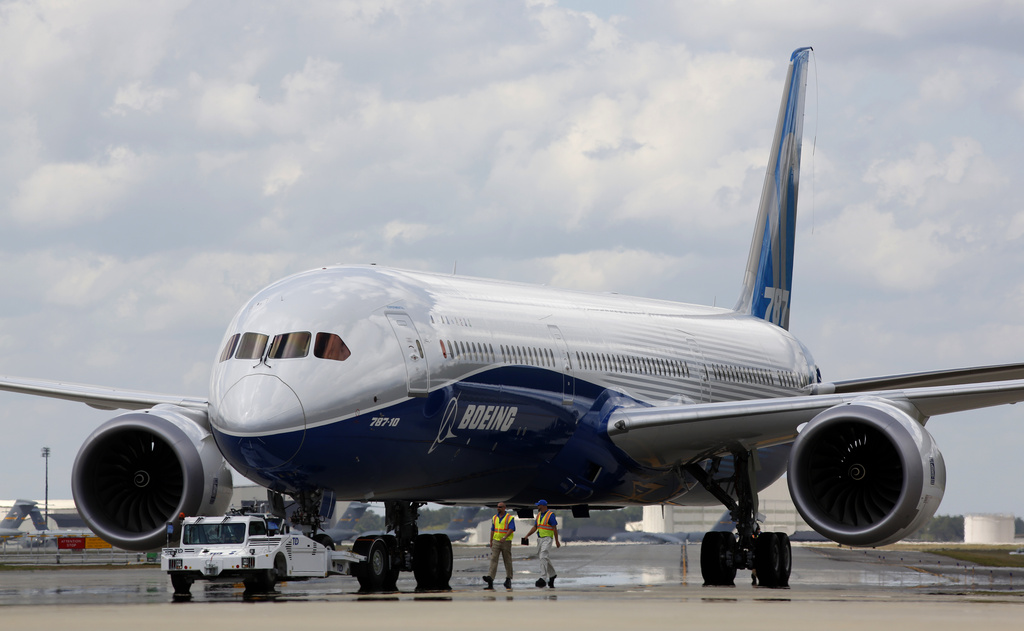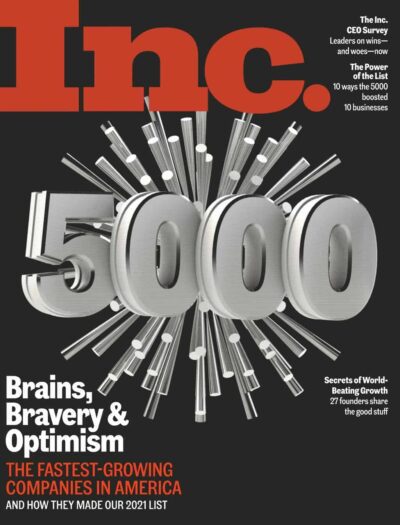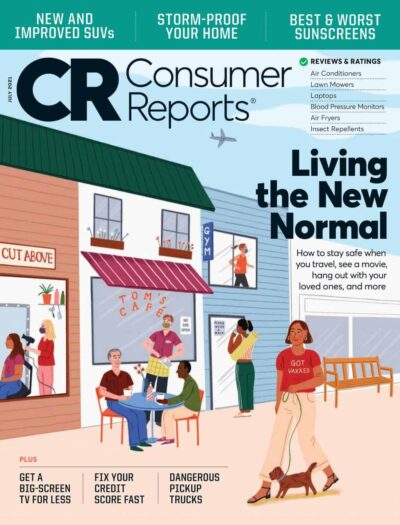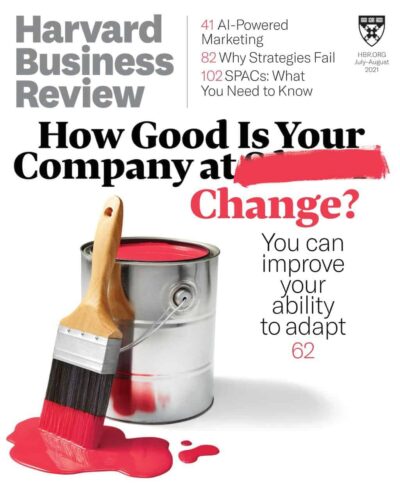

Boeing Pushes Back on Whistleblower’s Allegations About Potential of Planes Breaking Apart During Flight
Boeing is defending the integrity of the fuselages on two of its largest planes, which have come under criticism from a whistleblower who warns that panels on the outside of one of the planes could eventually break apart during flight.
Two Boeing engineering executives went into detail Monday to describe how panels are fitted together, particularly on the 787 Dreamliner. They suggested the 787’s carbon-composite skin is nearly impervious to metal fatigue that weakens conventional aluminum fuselages.
[time-brightcove not-tgx=”true”]
Their comments during a lengthy media briefing served as both a response to news reports last week about the whistleblower’s allegations and a preemptive strike before he testifies to a congressional panel on Wednesday.
The whistleblower, Boeing engineer Sam Salehpour, said excessive force was applied to fit panels together on the 787 assembly line, raising the risk of fatigue, or microscopic cracking in the material that could cause it break apart.
The Boeing officials described how sections of a fuselage are brought together, shims are added to fill gaps, holes are drilled and cleaned, and fasteners attached to apply “pull-up force” that 99% of the time results in margins no greater than .005 inches (0.127 millimeters) apart — the width of a human hair, they said. A gap problem was discovered in 2019 between two panels, which led to design and assembly changes, they said.
Boeing conducted testing replicating 165,000 flights with no findings of fatigue in the composite structure, Steve Chisholm, Boeing’s vice president of structural engineering, said. The average 787 makes 600 flights a year, he said.
The company said planes already in use are proving safe. Chisholm said 671 Dreamliners have undergone the intensive inspections for 6-year-old planes and eight have undergone 12-year inspections with no evidence of fatigue in the composite skins.
Cracks have been found on metallic parts, including a piece above where the wings join the fuselage, and Boeing issued inspection guidelines for those parts, the officials said.
The 787 Dreamliner is a two-aisle plane that has often been used on international flights since its debut in 2011. The composite material makes the plane lighter, contributing to better fuel efficiency.
A series of battery fires briefly grounded the planes. Deliveries of the aircraft have been stopped at times because of questions about gaps between fuselage panels that were wider than Boeing’s standards allowed, the use of unapproved titanium parts from a supplier in Italy, and flaws in a pressure bulkhead.
The Federal Aviation Administration must inspect and approve each 787 that rolls off the assembly line before it can be flown to an airline customer.
The whistleblower Salehpour claims that after he raised safety concerns about the 787, Boeing transferred him to work on an older widebody plane, the 777. He told the Seattle Times that he saw workers jumping on fuselage panels to get them in alignment, which Boeing disputes.
The New York Times reported that the FAA is investigating Salehpour’s claims. The FAA, while not commenting specifically on Salehpour, said it investigates all safety reports.
Boeing says it is “fully confident” in both planes.
Salehpour is the latest in a line of Boeing whistleblowers to come forward, often alleging retaliation for raising safety concerns. The company said it encourages employees to speak up about problems.
Lisa Fahl, the vice president of engineering for Boeing airplane programs, said employee reports have “exploded” — with as many reports in January and February as were filed in all of 2023 — “which is what we want.”
Get the latest work and career updates delivered straight to your inbox by subscribing to our magazine category today. Stay informed and ahead of the game with Subscrb.
The content on this website has been curated from various sources and is for informational purposes only. We do not claim ownership of any of the content posted here, all rights belong to their respective authors. While we make every effort to ensure that the information is accurate and up-to-date, we cannot guarantee its completeness or accuracy. Any opinions or views expressed on this website are solely those of the original authors and do not necessarily represent our own. We do not endorse or take responsibility for the content or actions of external websites or individuals linked from this website. Any reliance on the information provided on this website is done at your own risk. Please note that this article was originally seen on the source website TIME, by the author DAVID KOENIG / AP
-
SALE!




Forbes Asia Magazine Subscription
From: RM220 / year -
SALE!


Fortune Magazine Subscription
From: RM118 / year -
OUT OF STOCK




The Economist Magazine Subscription
From: RM1530 / year -


Inc. Magazine Magazine Subscription
From: RM22 / year -


Consumer Reports Magazine Subscription
From: RM22 / year -


Harvard Business Review Magazine Subscription
From: RM83 / month -


Entrepreneur’s Startups Magazine Subscription
From: RM4 / year -


BILLIONAIRE Magazine Subscription
From: RM131 / year



